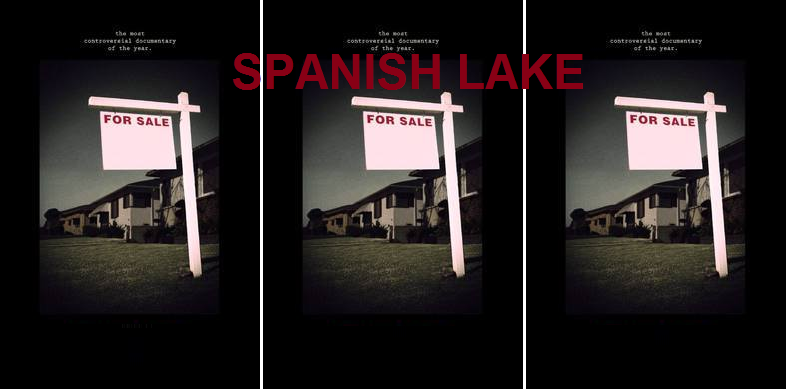 July 1, 2014
July 1, 2014
Wendy Thompson
Editor-in-Chief
Entertainment
Comparing the proverbial chicken or the egg scenario in association with the topic of “white flight” seems at best a far stretch to connect. However, after watching the new documentary “Spanish Lake” by director Phillip Andrew Morton, the connection is quickly discovered and pondered through the words and memories of former and present residents of the Spanish Lake community in St. Louis County, Missouri. The film has all the main characters, asks all the right questions, and makes us all rethink how America go into the quandary we find ourselves in due to white flight.
In the 1950s and 60s, Spanish Lake grew into a quaint town filled with fathers returning home from the war and mothers working in the home while caring for children who would become part of the baby boomer generation. Morton, who also grew up in Spanish Lake, laments in the film that the place he once called home had changed so drastically due to the flight of Whites out of the town after Blacks moved in. Nonetheless, he also presents an open and honest look at a 2014 problem that was a storm brewing many decades ago, long before this current post recessionary real estate bust.
Morton begs several questions. Was it the chicken or the egg that came first? In essence, “was it because the (white) people moved out” that the communities in Spanish Lake deteriorated, or was it because the blacks moved in? The director examines these questions through the prism of the lives of Blacks and Whites who have shared residency as well as bitterness, regrets, communion and at times fellow feeling as neighbors. Yet the film leaves the American viewer wondering if this is a microcosm of what the U.S. is going to become as a whole as many communities are beginning to resemble Spanish Lake.
The pivotal year in the film was 1992 when low-income families (predominantly black) were encouraged to buy homes in white neighborhoods. This act was already exacerbated by the influx of black families who were moved into public housing or given section 8 vouchers. As a result, over the decade that would pass, the population of Spanish Lake changed from 80% white to a black majority population filled with low-income and poor Blacks, with many homes led by single mothers. Soon white flight would be at a fever pitch as white families were bated by real estate brokers through blockbusting and steering. Blockbusting and steering were the methods real estate brokers used to convince white home owners that urgent selling was necessary to receive the best price for their homes, as Blacks bought houses in white neighborhoods. Although what followed can be described as complicated and convoluted, the result is a community left in shambles and residents wishing for a prior intervention.
“Spanish Lake” is a modern film with a modern story, but has ties to the future of sorts. It rings true today, but leads the wise viewer to conclude that Spanish Lake will not be the last time Americans hear the stories of lost communities. The film foreshadows a future America has been teetering on since the beginning of the Civil Rights Movements, when Blacks were given better opportunities (and housing). These opportunities were – in some opinions – at the expense of Whites. “Spanish Lake” tells a story we all need to listen to and see, because the honesty it provides on such a weighty and often sensitive topic as “white flight” has not been fully addressed and this film is the perfect place to start.
“Spanish Lake” will be premiering on Thursday, July 10 7:30PM – 8:57PM. Tickets can be purchased HERE.
AMC Loews Georgetown 14 & IMAX
3111 K St NW, Washington, DC, 20007 (map)
$12.00 General admission


